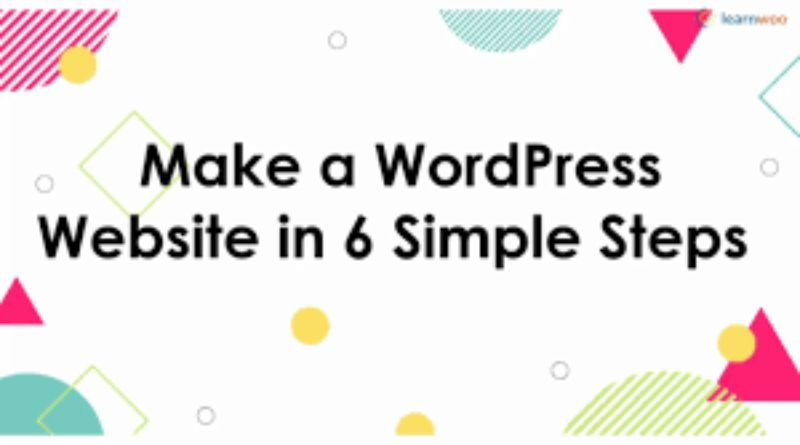8×8 has been one of the top VoIP solutions on the market since 2004. It’s well-suited to small businesses of all sizes with unlimited calling and mobile access, as well as 24/7 support and enterprise-level features like voicemail to email and shared lines. While 8×8 continues to be an excellent solution for small businesses looking to save money on their telecom bills, there are several other business VoIP solutions that may be better suited to you in 2022 depending on your specific needs. Here are the best 8×8 alternatives for small businesses in 2022.
The 10-year review
In the past ten years, more and newer options have emerged as a result of companies moving away from their 8 x 8 offices. These new alternatives allow startups to accommodate quickly and at a lower cost than traditional lease-based office spaces.
-Co-working spaces are ideal if you need to furnish your entire office; they provide options like meeting rooms, phone booths, printer access, and high-speed internet.
-Pods offer a flexible option that comes with fewer commitments than co-working spaces or offices so you can exit your lease without penalty after the initial sign-up period expires.
-Outdoor rooms are good for sun lovers who are working remotely because they typically offer plenty of natural light and fresh air.
Switching from hosted PBX
While hosted PBX systems are generally priced competitively, they’re also prone to downtime and outages. The cloud is still a relatively new technology, so it’s not always easy to predict how well the system will work when you need it most. If you have a small business or plan on day starting one, you should consider using voice-over IP (VoIP) instead of hosted PBX. VoIP is cheaper, more reliable, and easier to maintain than a hosted PBX. Plus, with VoIP, you can share your number across multiple devices and locations without having to invest in expensive mobile data plans like some platforms require.
Alternative number 1: Hosted VoIP services like RingCentral
As the world of business changes and shifts, small businesses need to keep up. With the rise of Cloud-based technologies, it is important that your business has access. Hosted VoIP services like RingCentral allow you to have a virtual phone number and access all communications from any device with internet access. This service is perfect for when you are out of the office and need quick accessibility. The best part? You can mix and match what features you want as well as customize voicemail messages, call forwarding rules, call transfer rules, auto attendant routing rules, etc. Plus RingCentral offers free local and long-distance calling within the U.S., Canada, Mexico & Puerto Rico through 2018!
Alternative number 2: Virtual PBX services like Grasshopper
Virtual PBX services such as Grasshopper can provide the tools you need to start a business, or even expand your current one. All that is required is internet access and a phone and you’re set. One of the best features of virtual PBXs like Grasshopper is that they allow you to grow your company without having to pay high monthly costs. Instead, there are no contracts or long-term commitments so it will be easy and affordable for your business to grow at any speed it chooses. There are plenty of phone systems available that meet the needs of today’s small businesses, so whatever industry you are in– take your pick! All offer certain features but with unique pricing packages.
Alternative number 3: Office phone systems with HD Voice support
One of the best alternatives to a traditional phone with a digital adapter is still using your old analog phone. The old analog phone will work just fine with a digital adapter that plugs into your computer’s USB port and has Bluetooth capability. This can be a good option if you only need occasional access to voice calls, and don’t need more than one line. It will save you some money on hardware and long-distance costs by not having to use your smartphone as much, which also saves battery life. A downside is that there won’t be any visual voicemail or text-to-speech capabilities, so you’ll have to pick up the receiver every time you get an incoming call.
Alternative number 4: Traditional analog phones with digital adapters
Keep your business old school with the style of a traditional analog phone. With the digital adapter, you can still do faxing and texting without any trouble at all. Plus, a traditional analog phone will run off of landline or cellular services so you don’t have to worry about it running out of power or breaking on you! To go old school, there is really nothing better than getting a headset! These accessories fit over one ear and allow you to wear them while on the phone with someone else. This can be helpful if you’re trying to hold an important conversation with someone while simultaneously doing something else. Just make sure that both the business and the customer are aware that the conversation might not be entirely private!
Alternative number 5: Hosted IP Phone Systems like Sipgate
Hosted IP Phone Systems like Sipgate is a great alternative to the traditional phone system for small businesses, allowing you to manage your business from anywhere with an internet connection. They provide all the tools you need such as VoIP connections and extensions, voice mail, fax forwarding, and SMS integration, while at the same time they can be managed remotely by IT experts who are always monitoring your account. These systems also let users manage how calls are routed and who has access. Costs depend on the volume of use but packages start as low as $20/month with plenty of options depending on the size and needs of the business.
Alternative numbers 6+7 are both cloud-based unified communications software suites, so we merged them into one.
Two cloud-based unified communications software suites that small businesses might want to consider are Ring Central and Cisco Spark. Both are very different products but, it could be beneficial to explore both before making a final decision. Ring Central has the ability to use existing phone lines instead of a cell network which means the cost will only go up if you need more lines or phone numbers. Meanwhile, Cisco Spark can offer all the same features as Ring Central, but also provide conferencing capabilities and professional-grade online meeting tools.









